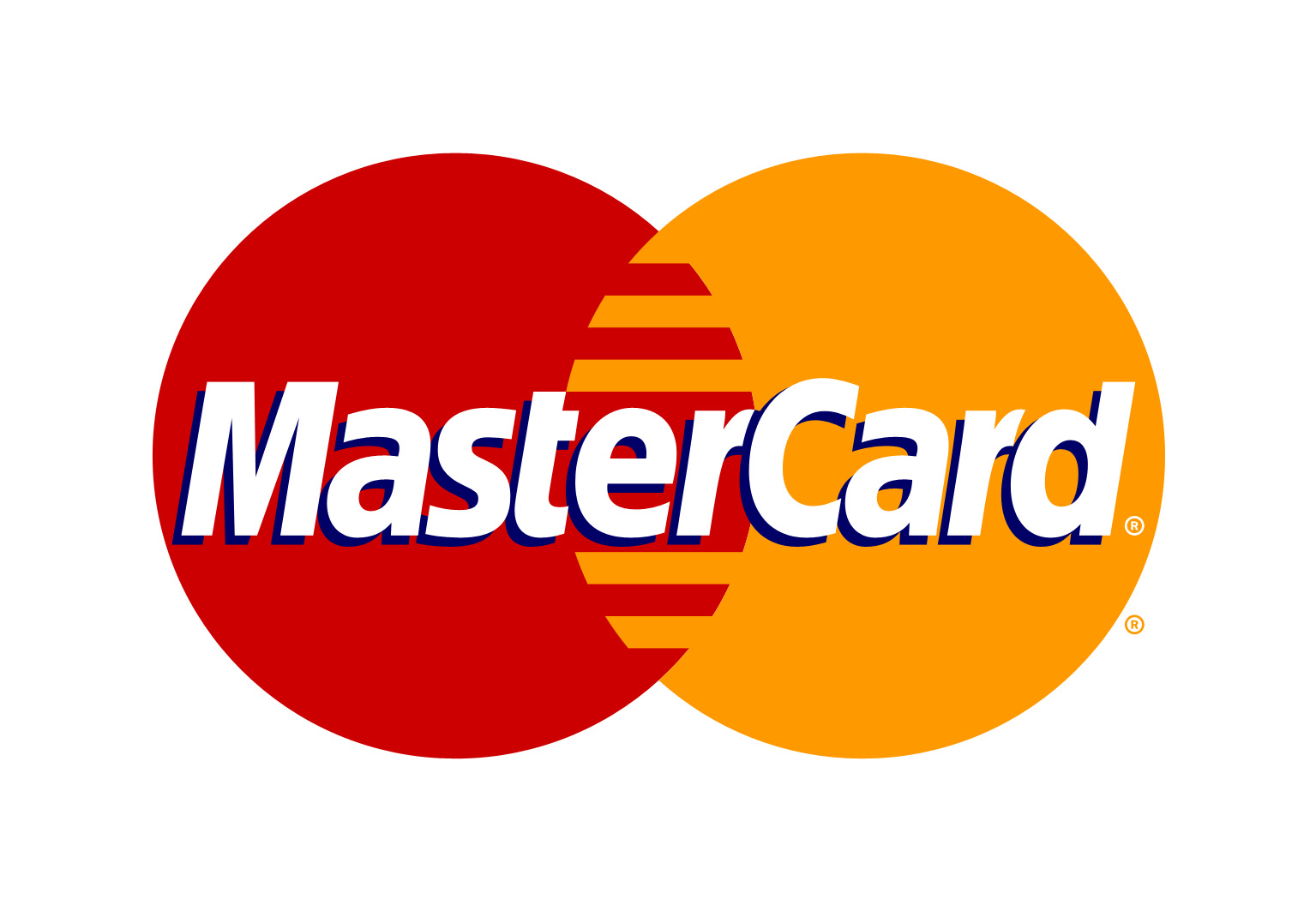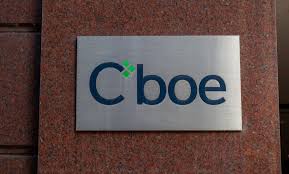In a rare twist for 2025, gold is leading bitcoin in year-to-date performance — but when it comes to long-term gains, no other asset comes close to matching the cryptocurrency’s dominance.
As of August 8, bitcoin is up 25.2% for the year, ranking second only to gold’s 29.3% advance among major asset classes, according to data shared by financial strategist Charlie Bilello. Other markets have seen more modest growth, with emerging market stocks (VWO) up 15.6%, the Nasdaq 100 (QQQ) up 12.7%, and U.S. large caps (SPY) gaining 9.4%. Mid caps (MDY) and small caps (IWM) have barely moved, up 0.8% and 0.2% respectively. This marks the first time on record that gold and bitcoin occupy the top two spots in Bilello’s annual rankings.
But the real story emerges when zooming out. From 2011 to 2025, bitcoin has delivered an extraordinary 38,897,420% total return — more than 308,000 times gold’s 126% gain over the same period. The Nasdaq 100’s 1,101% rise, U.S. large caps’ 559%, and even mid caps’ 316% look small next to bitcoin’s staggering ascent.
Annualized returns tell a similar tale: bitcoin has averaged a 141.7% yearly gain since 2011, compared with just 5.7% for gold. Equities have performed well — the Nasdaq 100 returned 18.6% annually, U.S. large caps 13.8% — but none have matched bitcoin’s exponential trajectory.
Veteran trader Peter Brandt weighed in on August 8, noting that while gold is indeed a solid store of value, bitcoin could ultimately prove to be the superior one. “Some think gold is a great store of value — and it is. But the ultimate store of value will prove to be bitcoin,” he wrote on X, pointing to the U.S. dollar’s long-term decline in purchasing power.
With bitcoin holding above six figures and eyeing a potential retest of its 2025 high near $123,000, analysts say upcoming macroeconomic data and shifts in risk sentiment could decide its next move. For long-term holders, however, the numbers since 2011 already make a compelling case — bitcoin has outperformed every major asset class by an extraordinary margin.
Disclaimer: Parts of this article were generated with the assistance from AI tools and reviewed by our editorial team to ensure accuracy and adherence to our standards.








